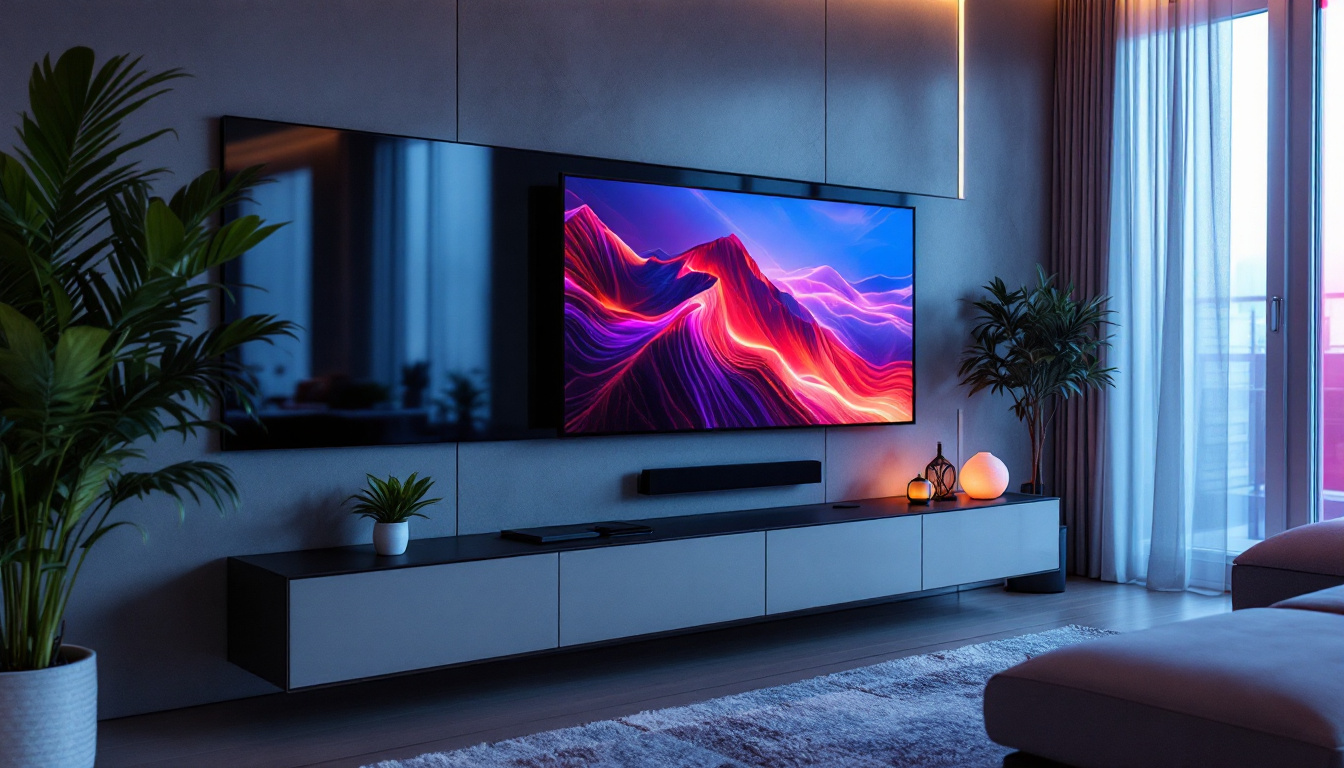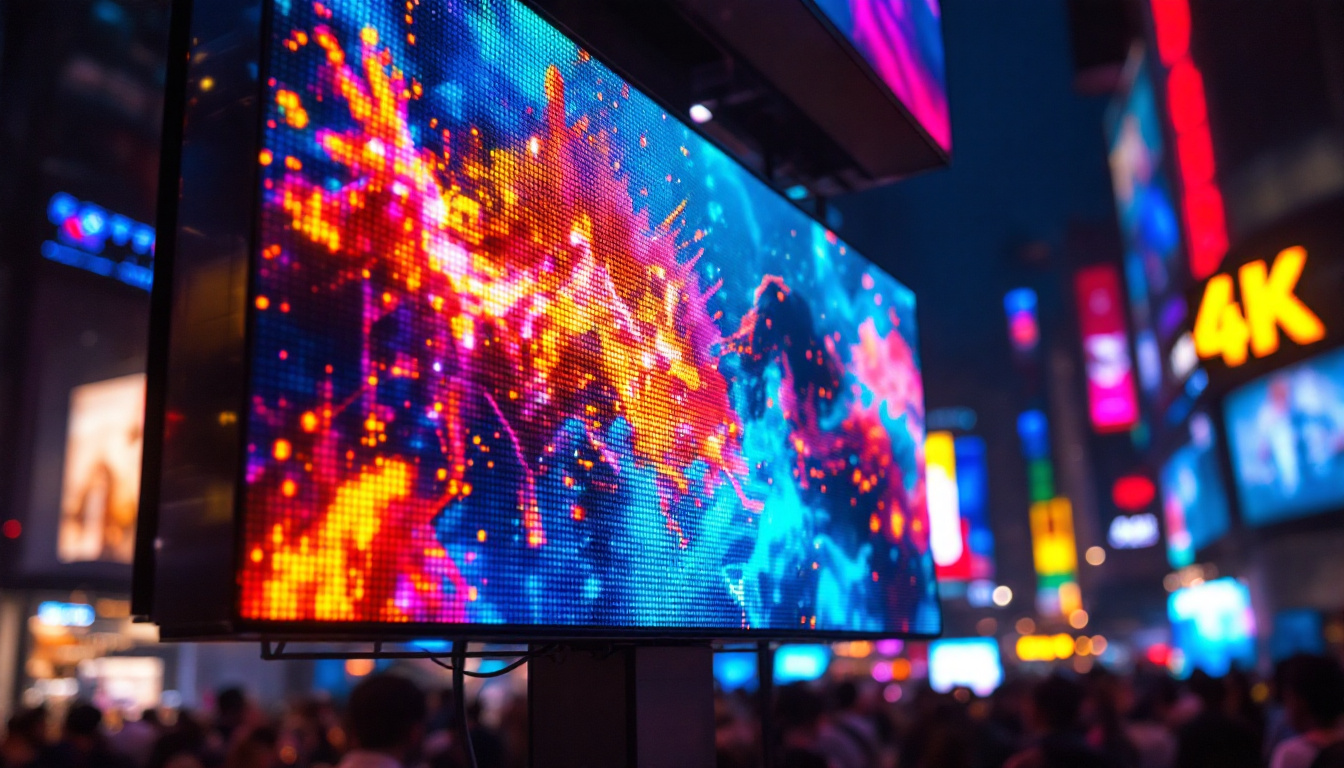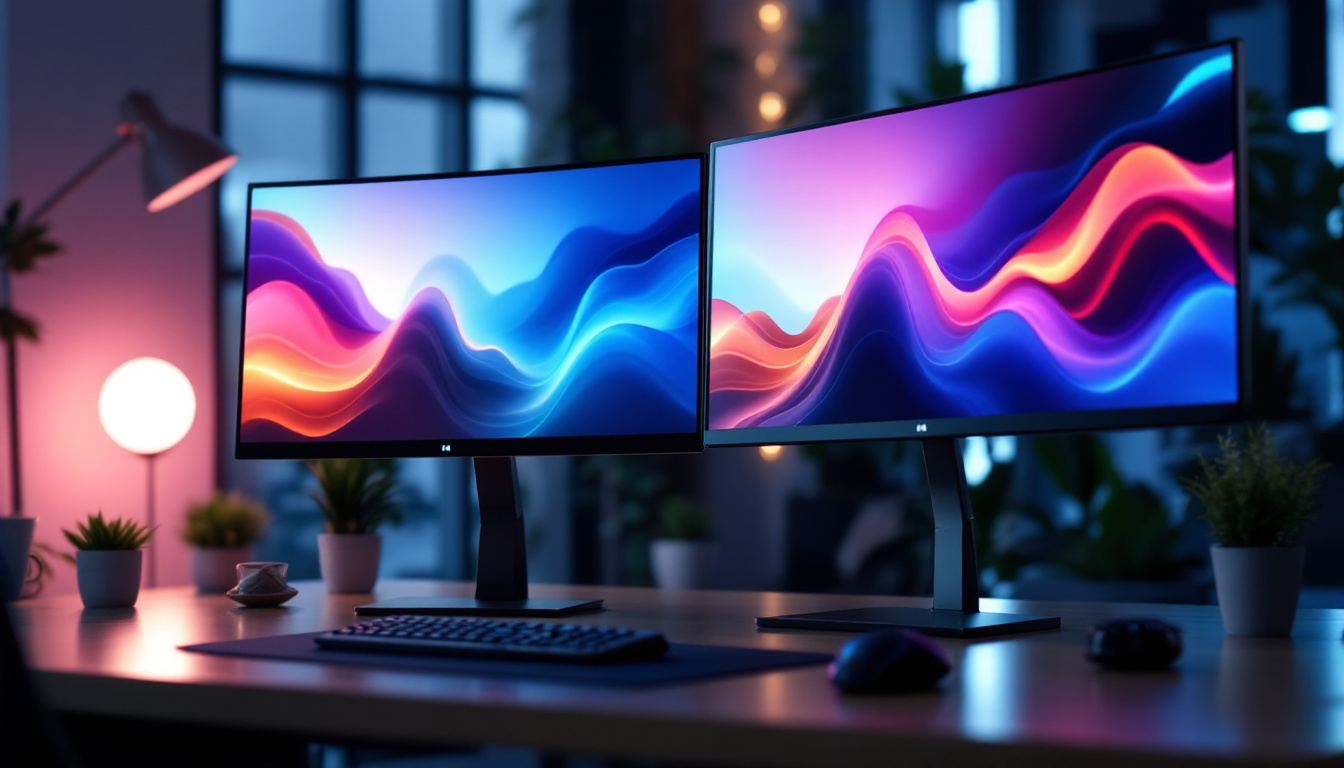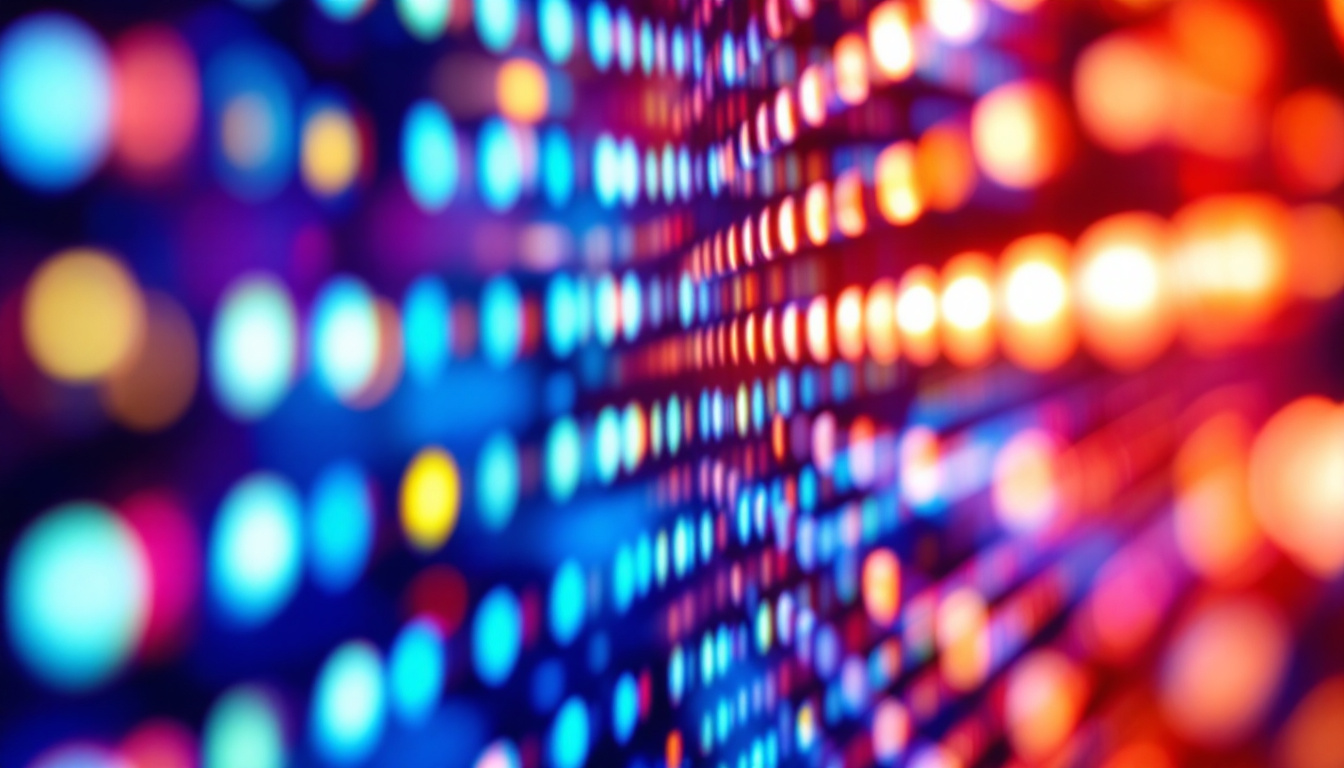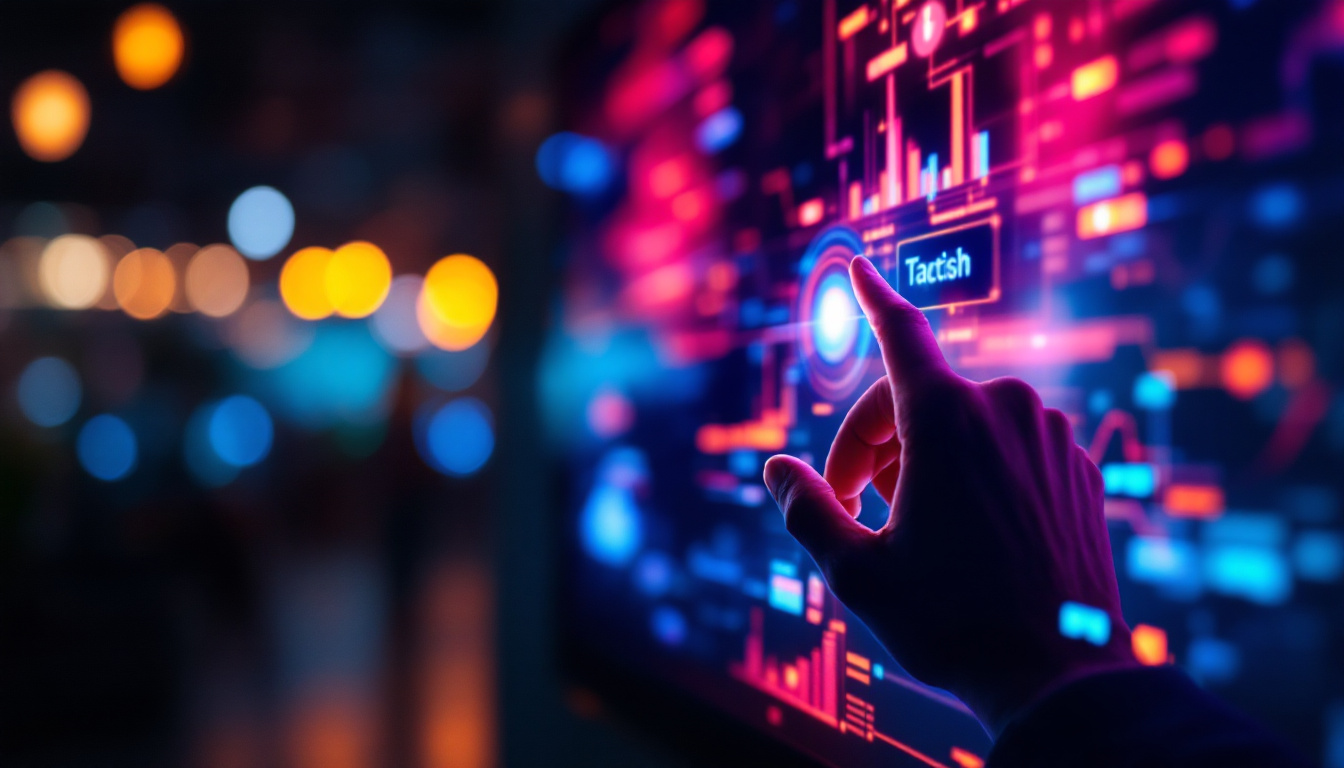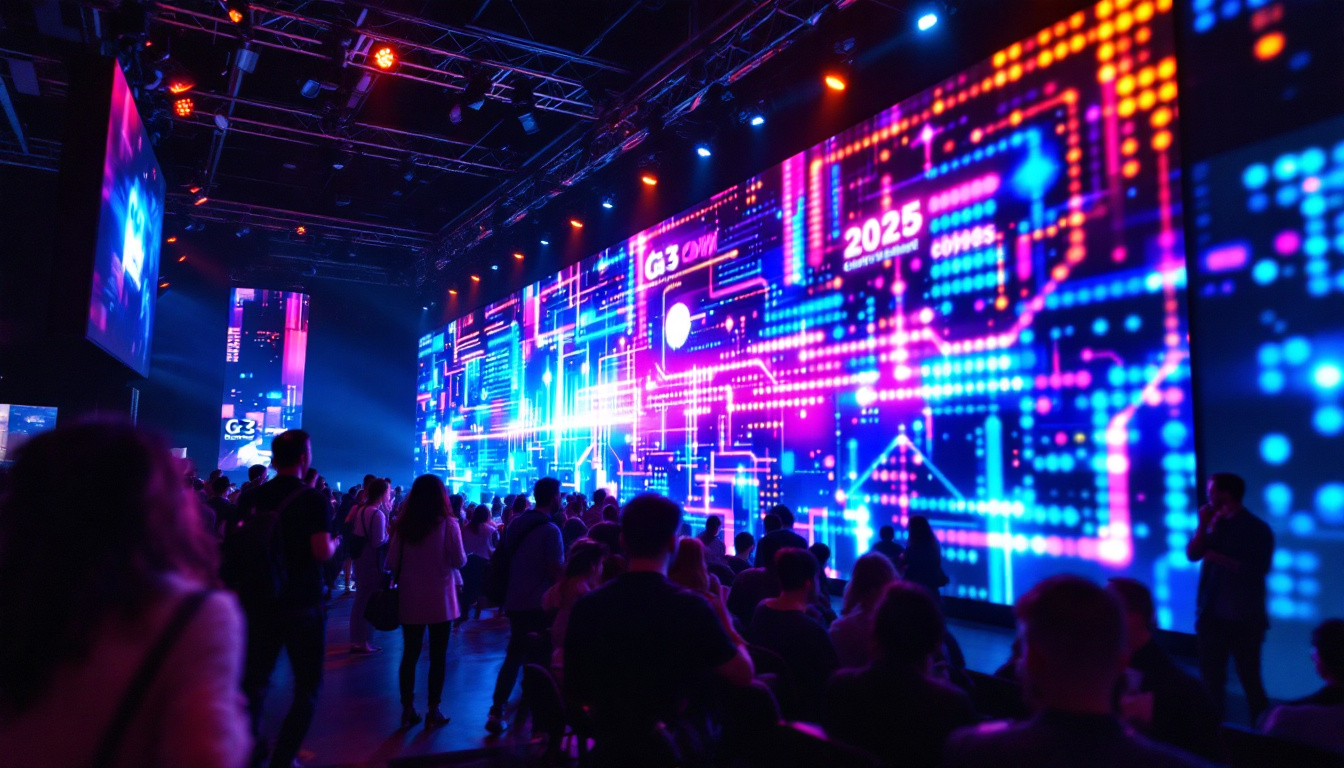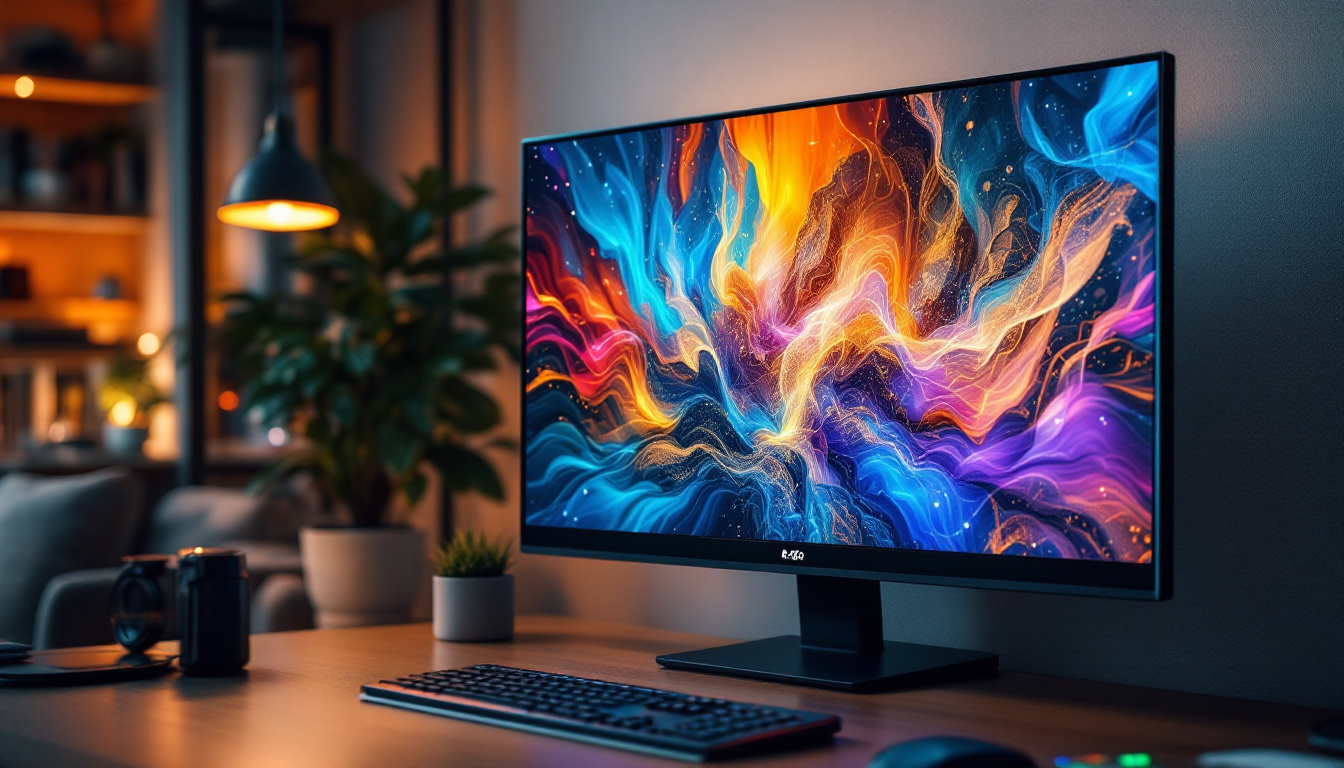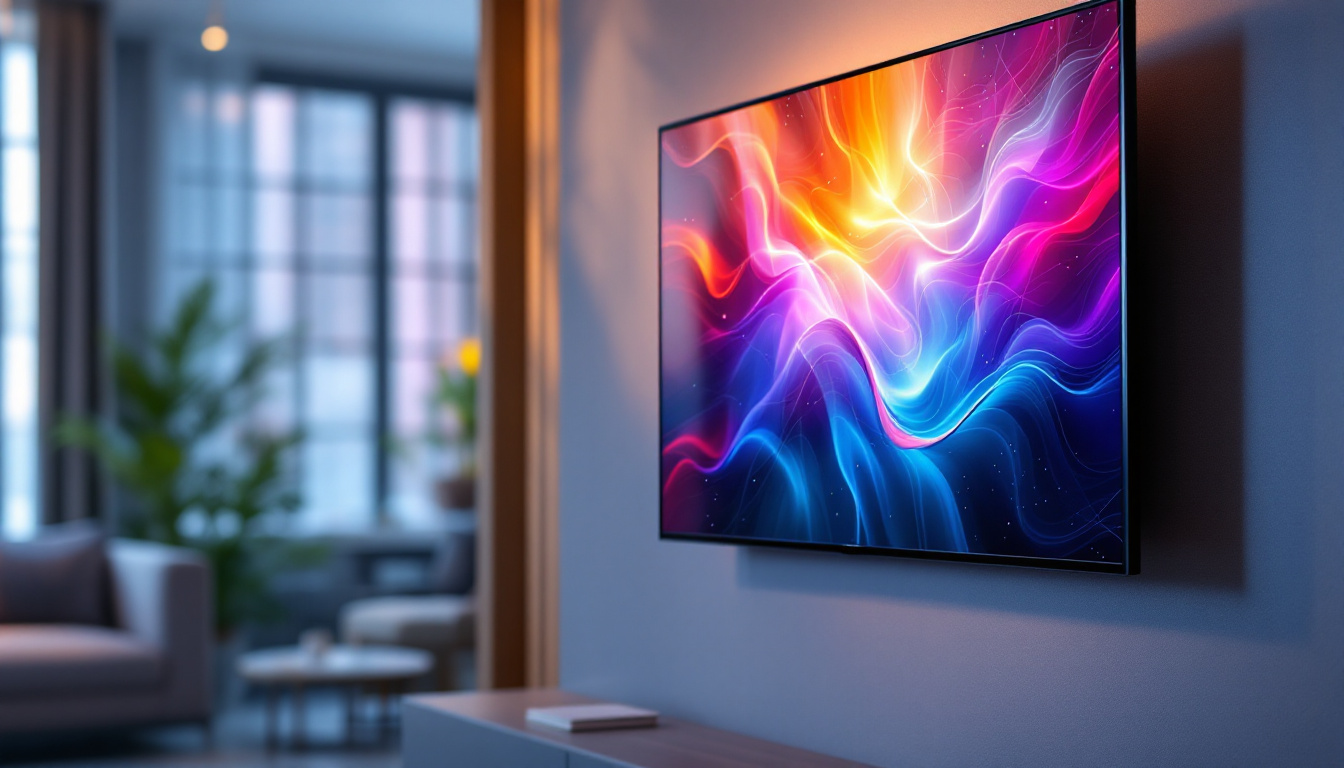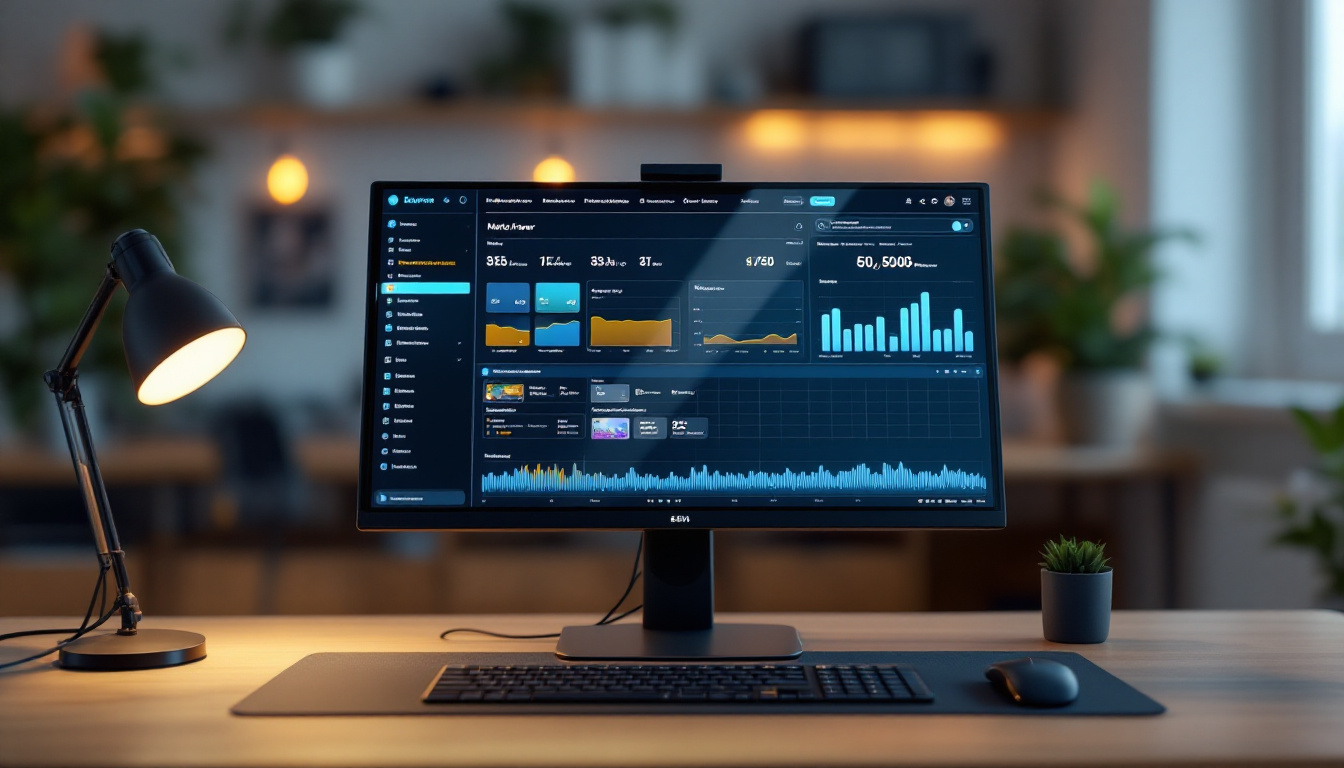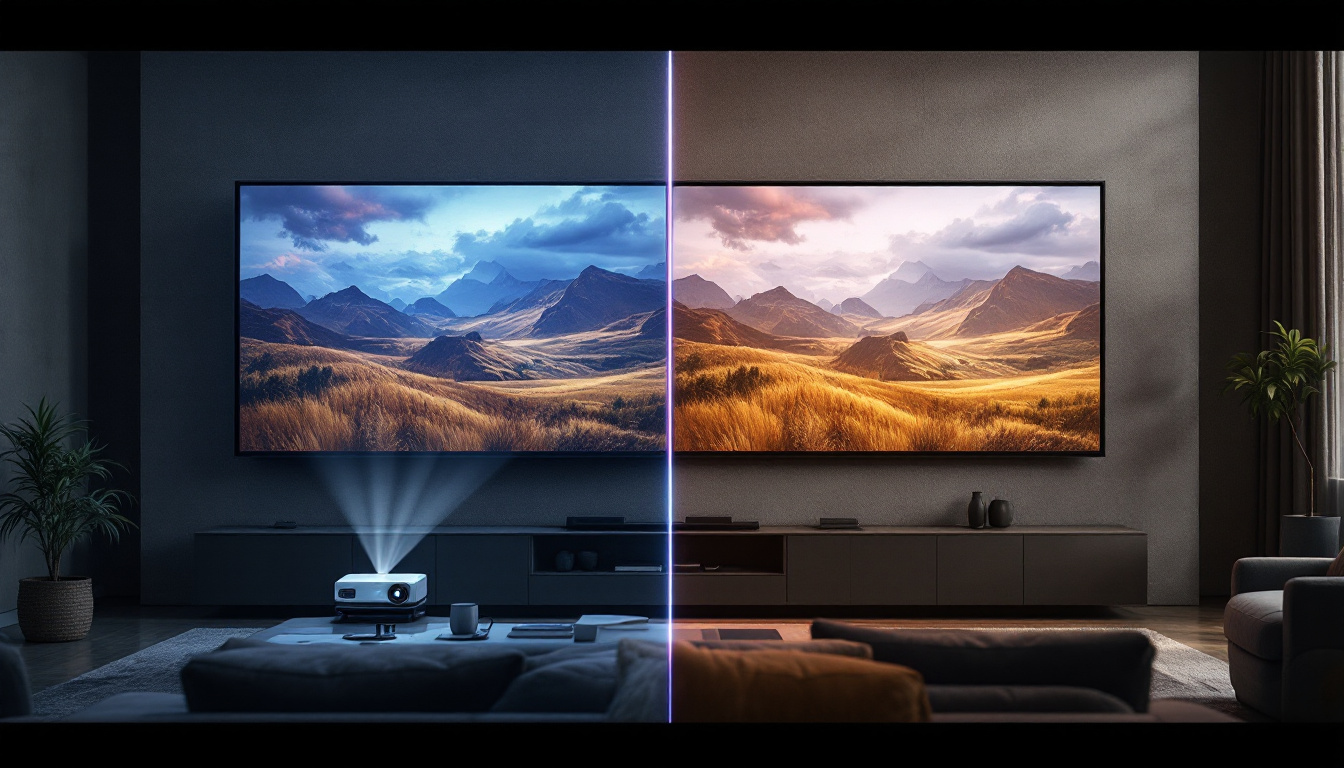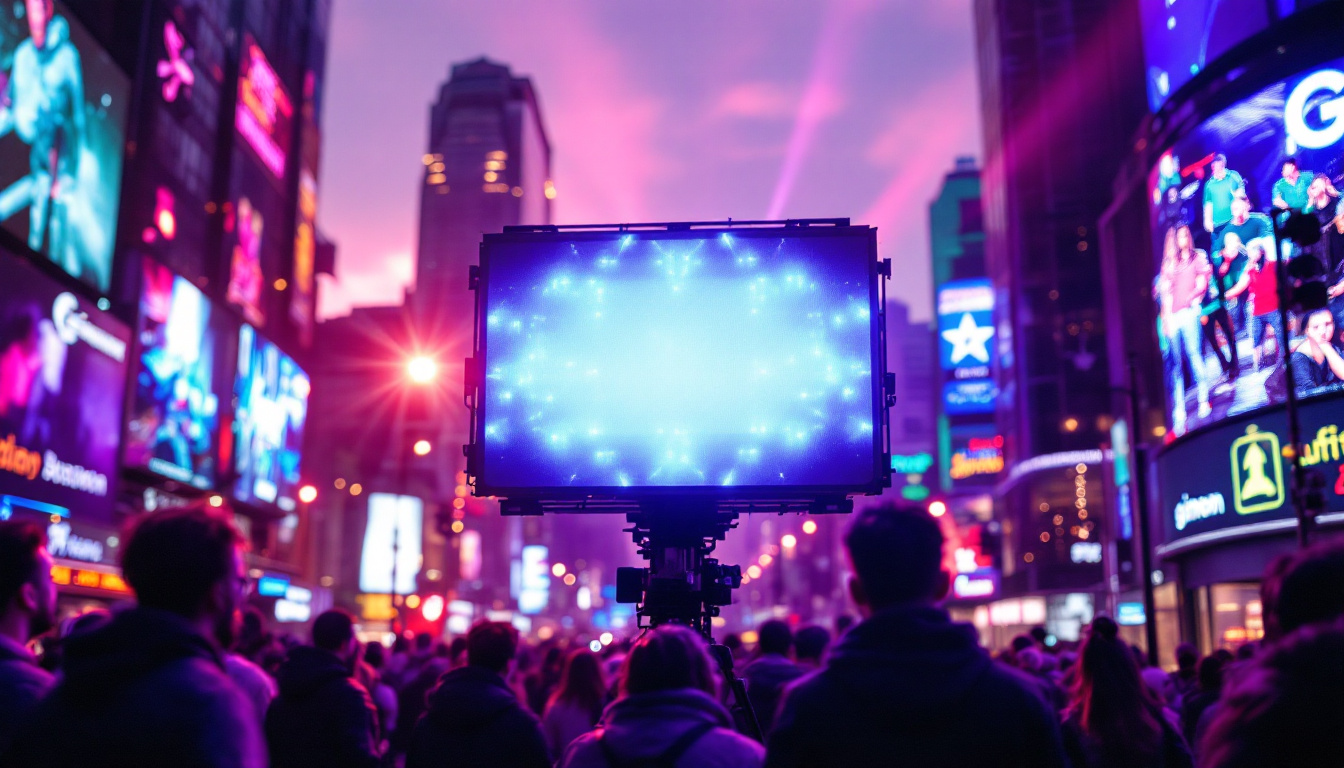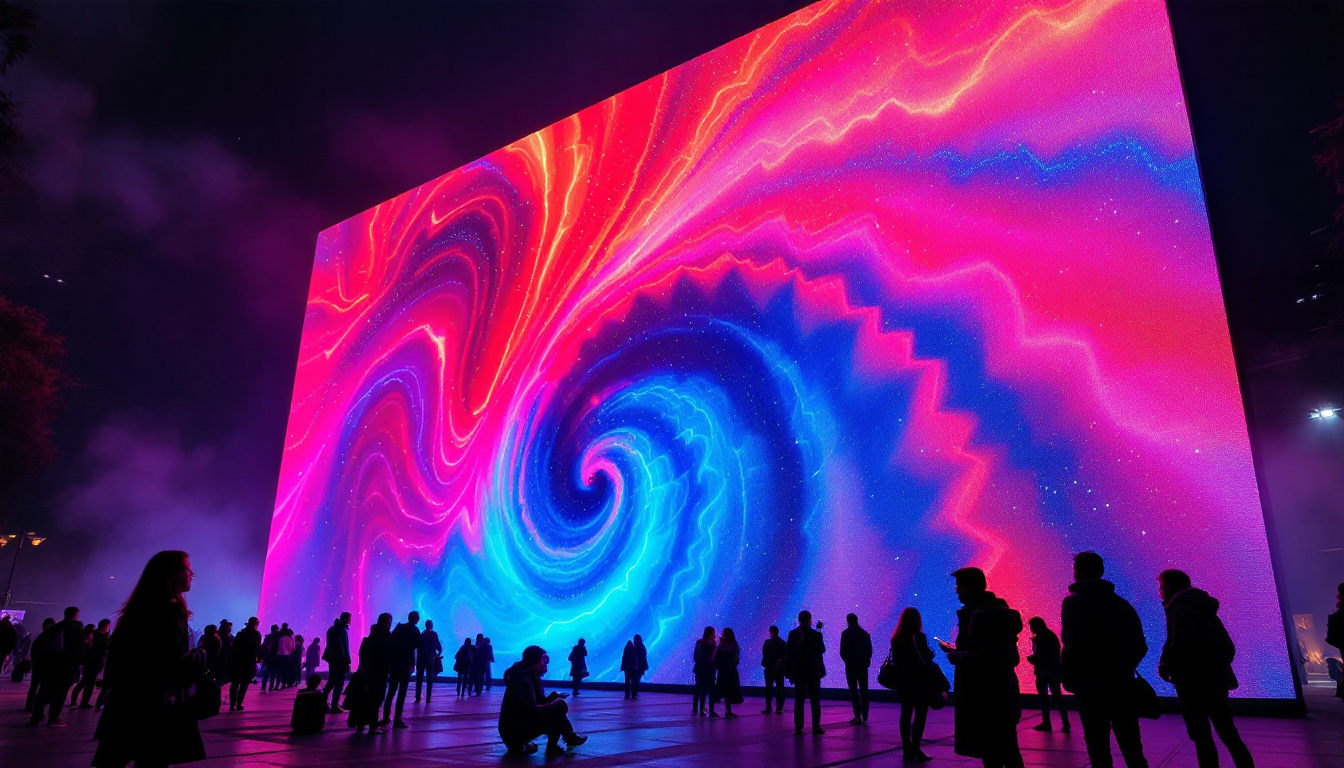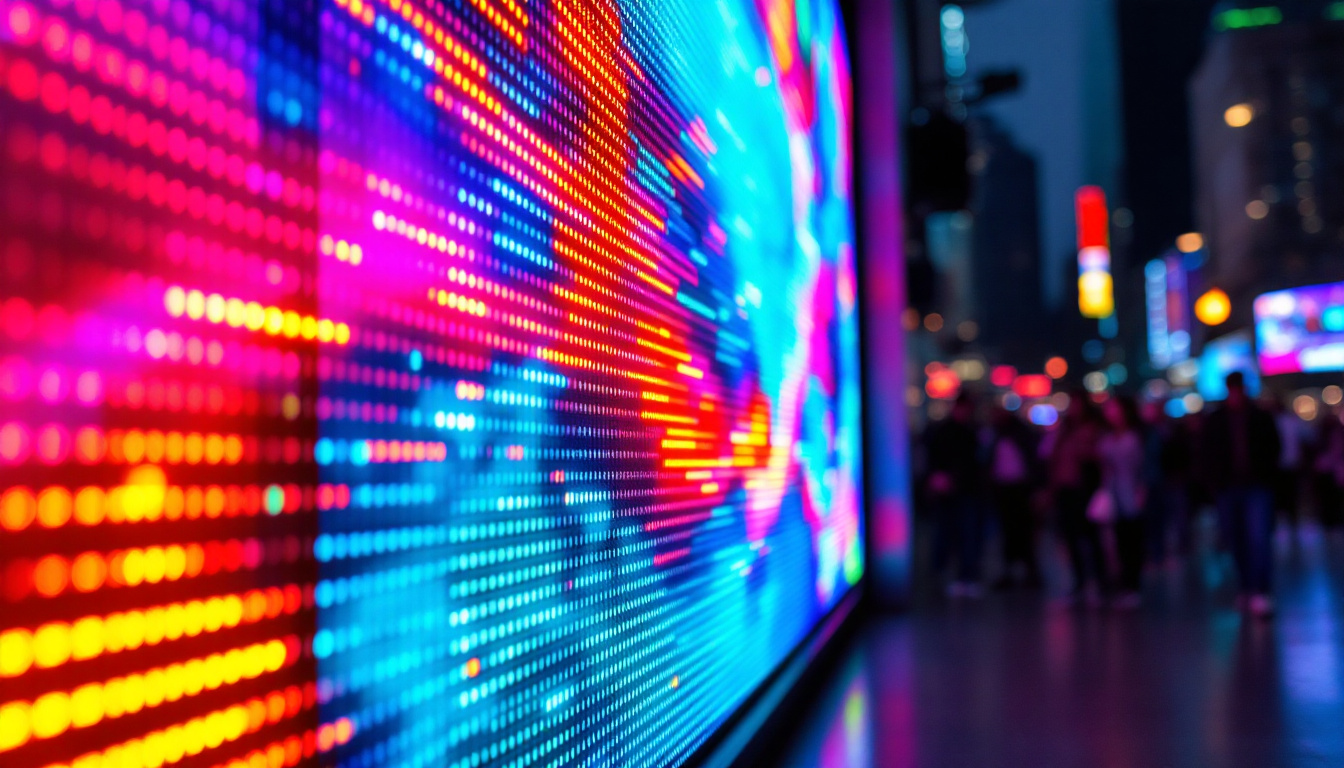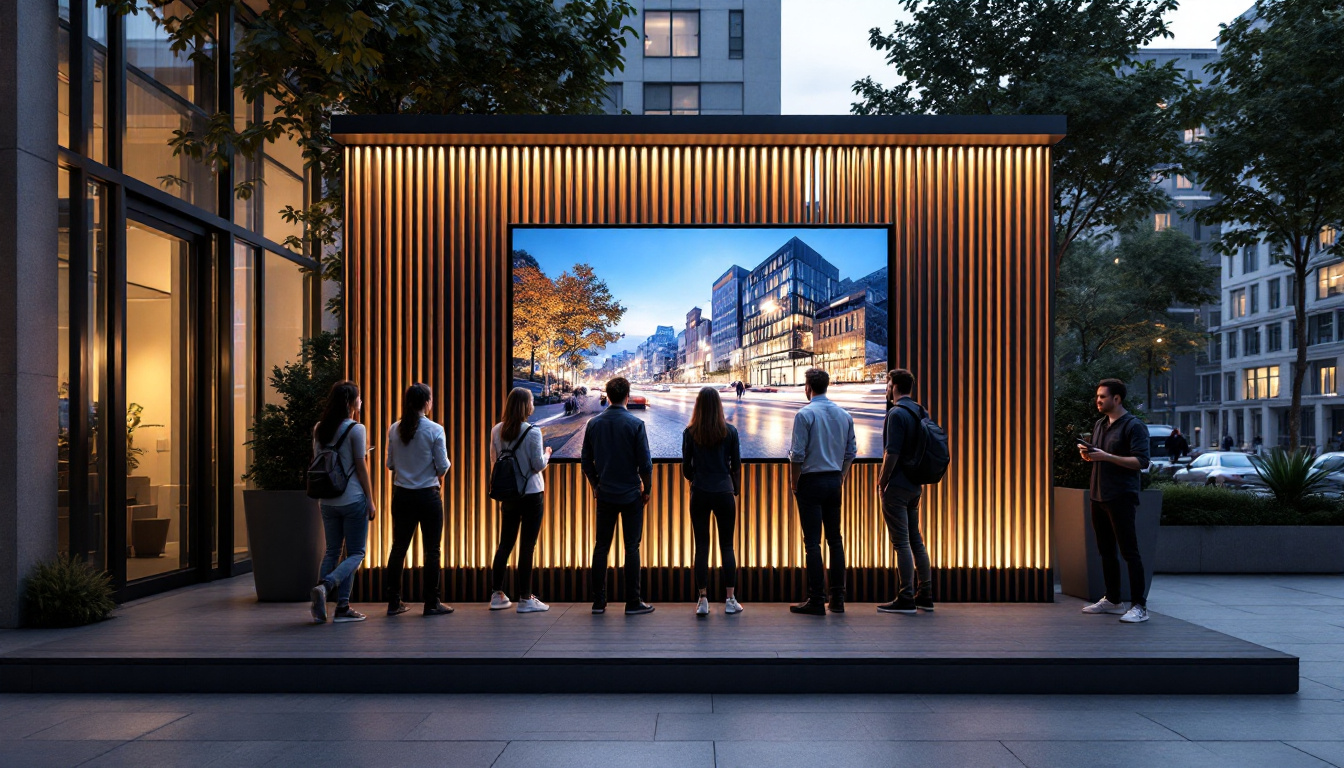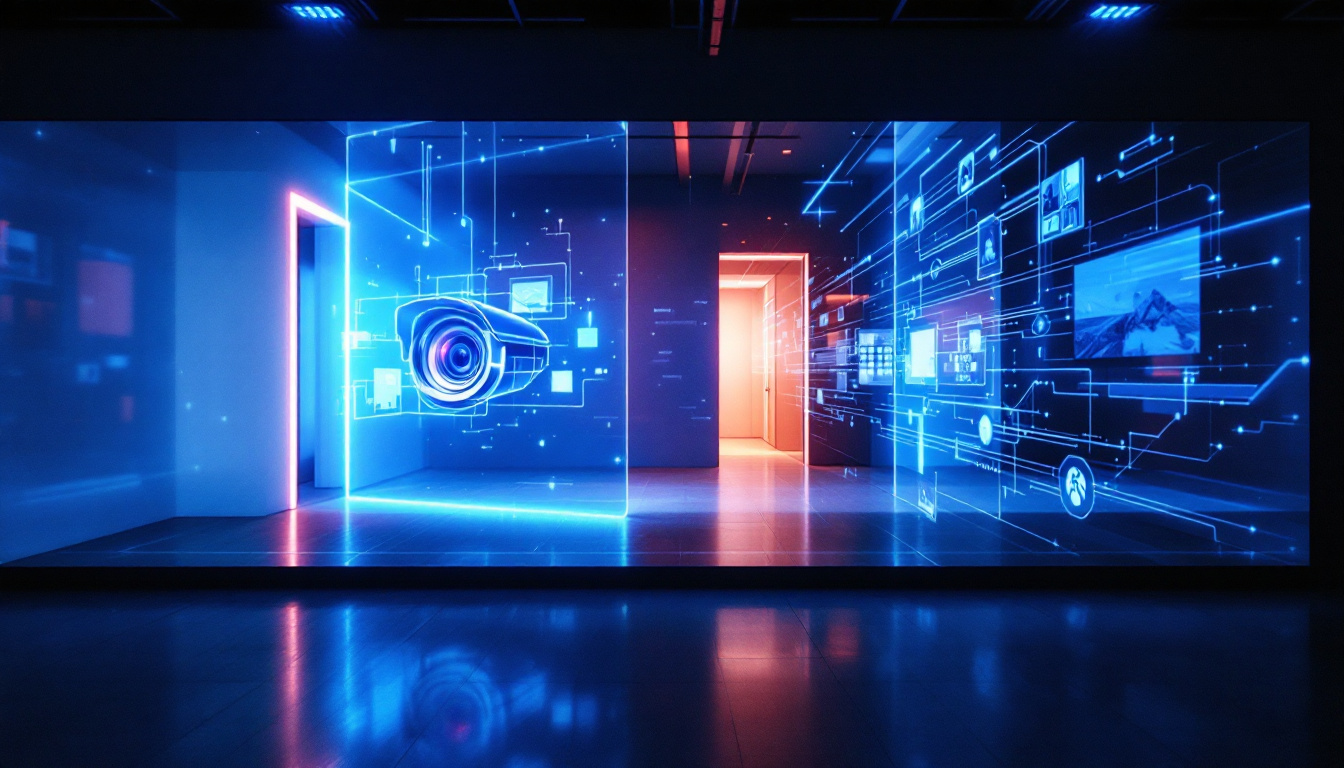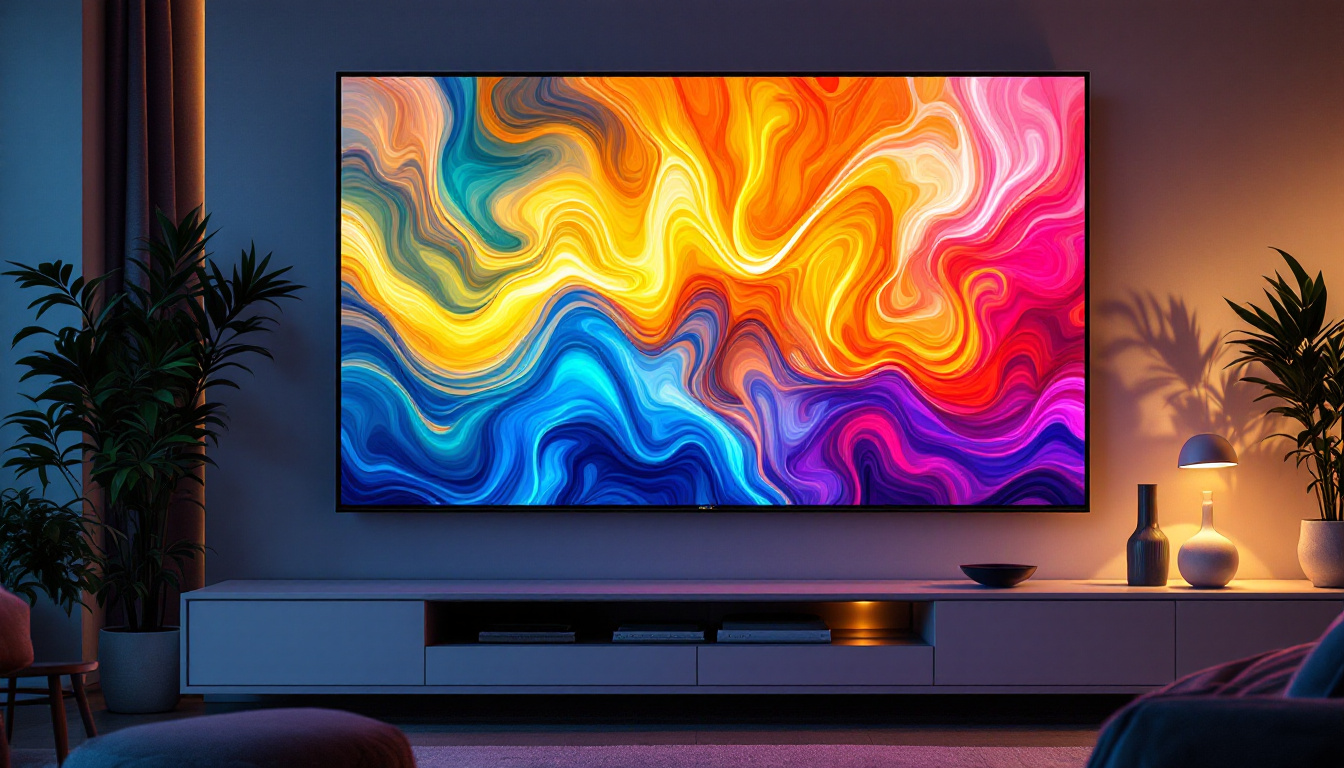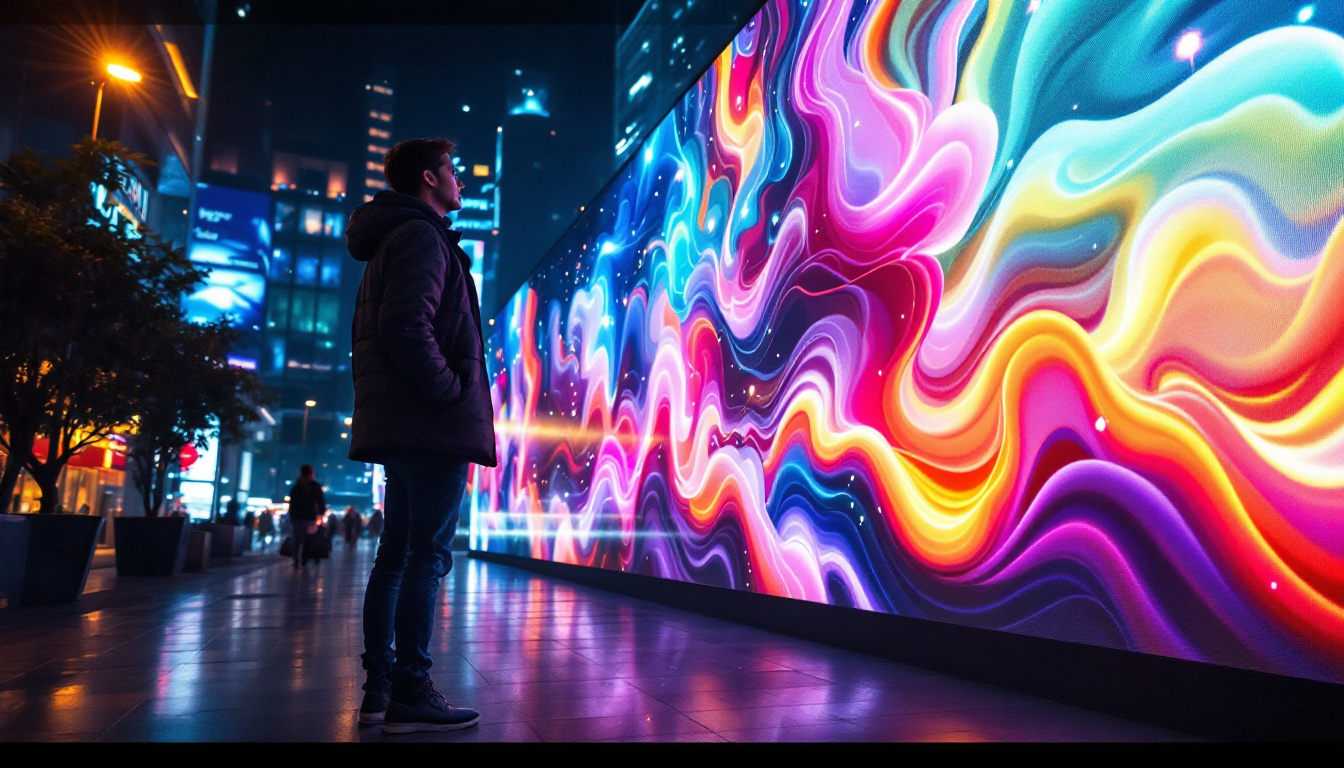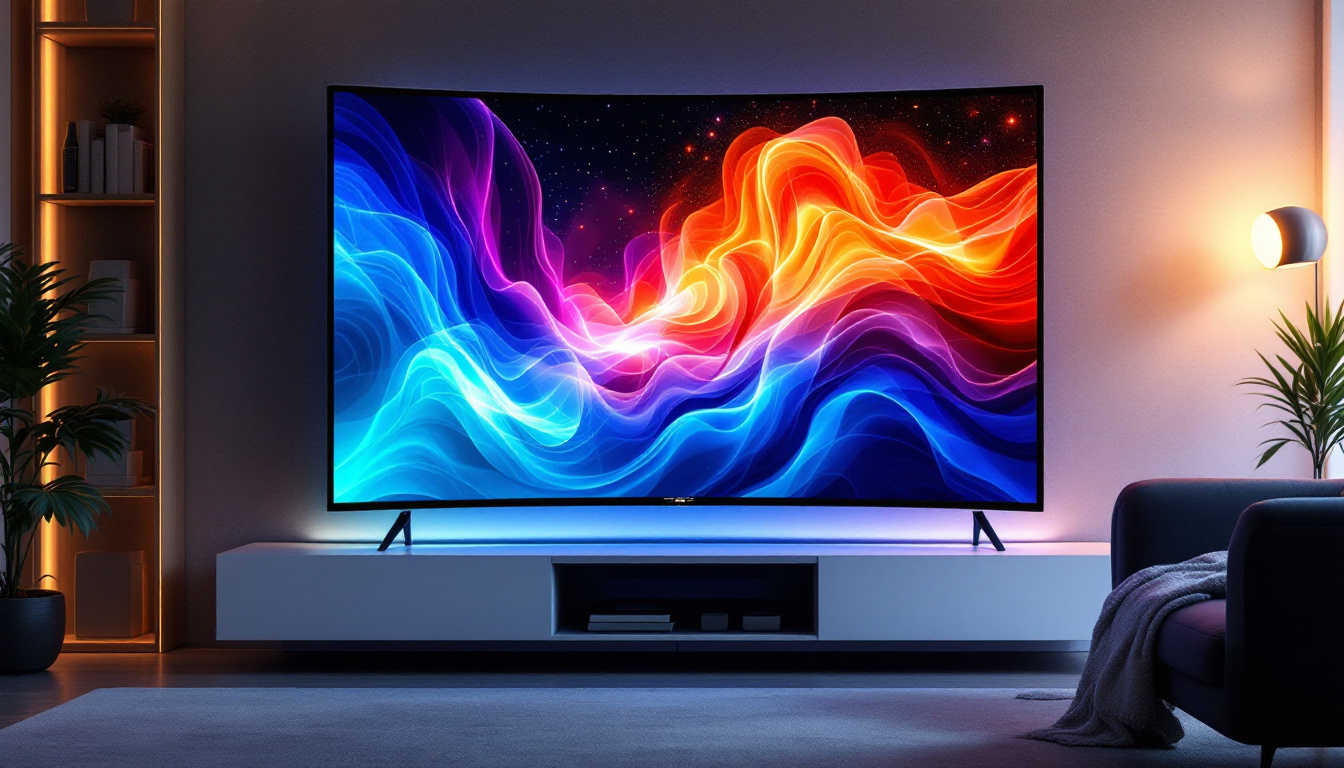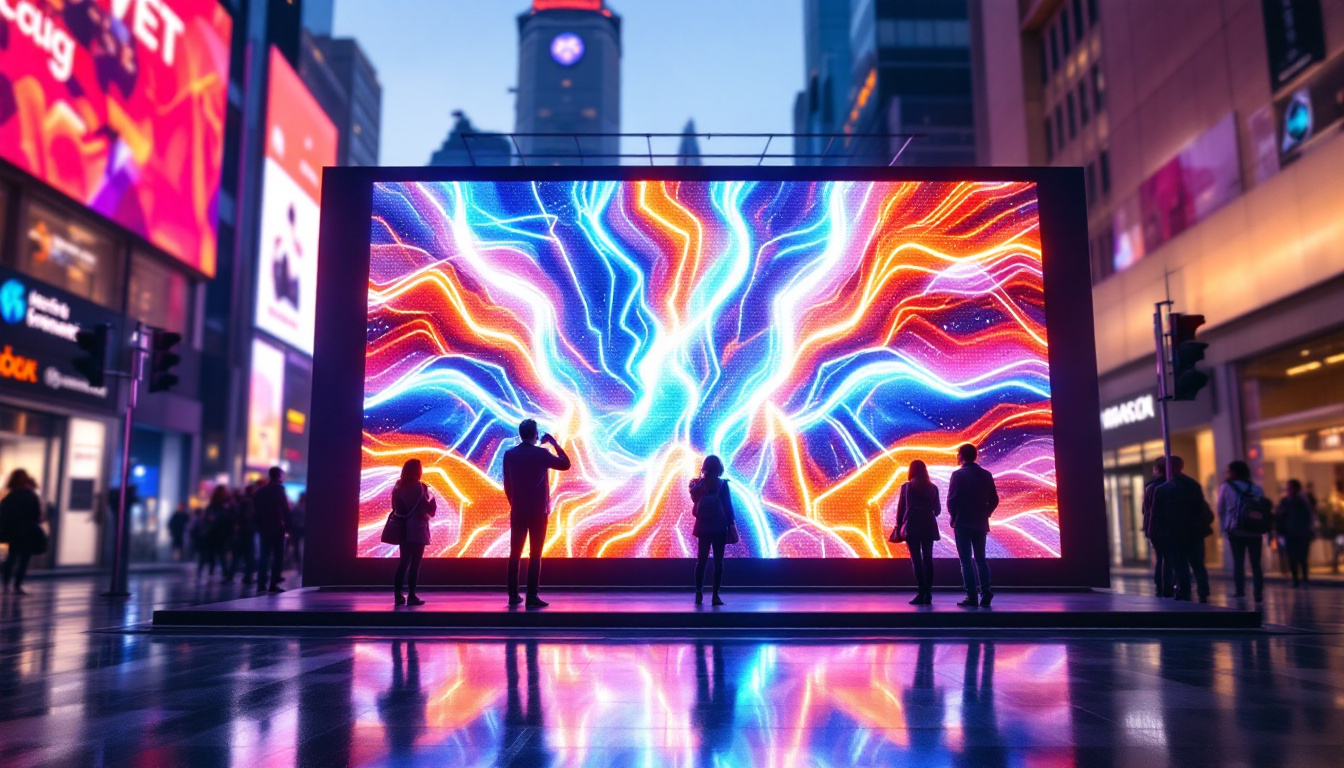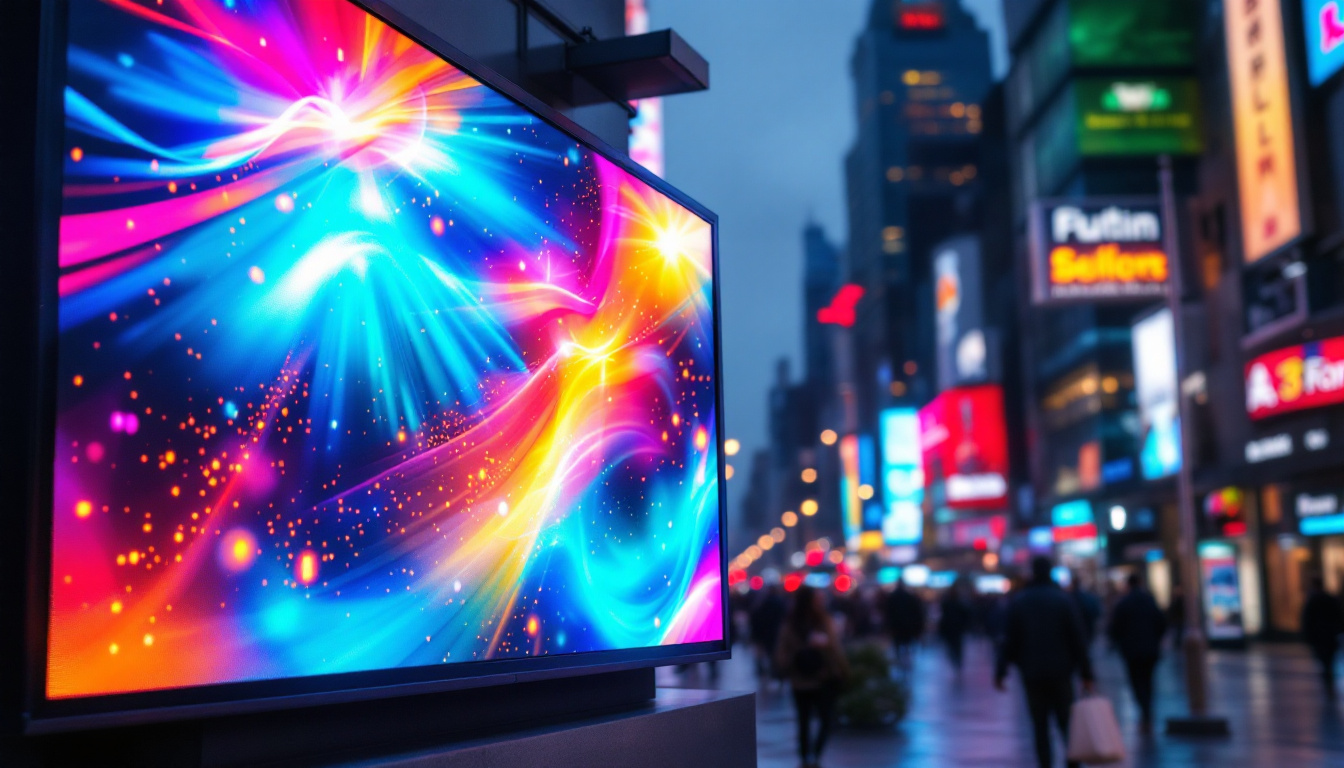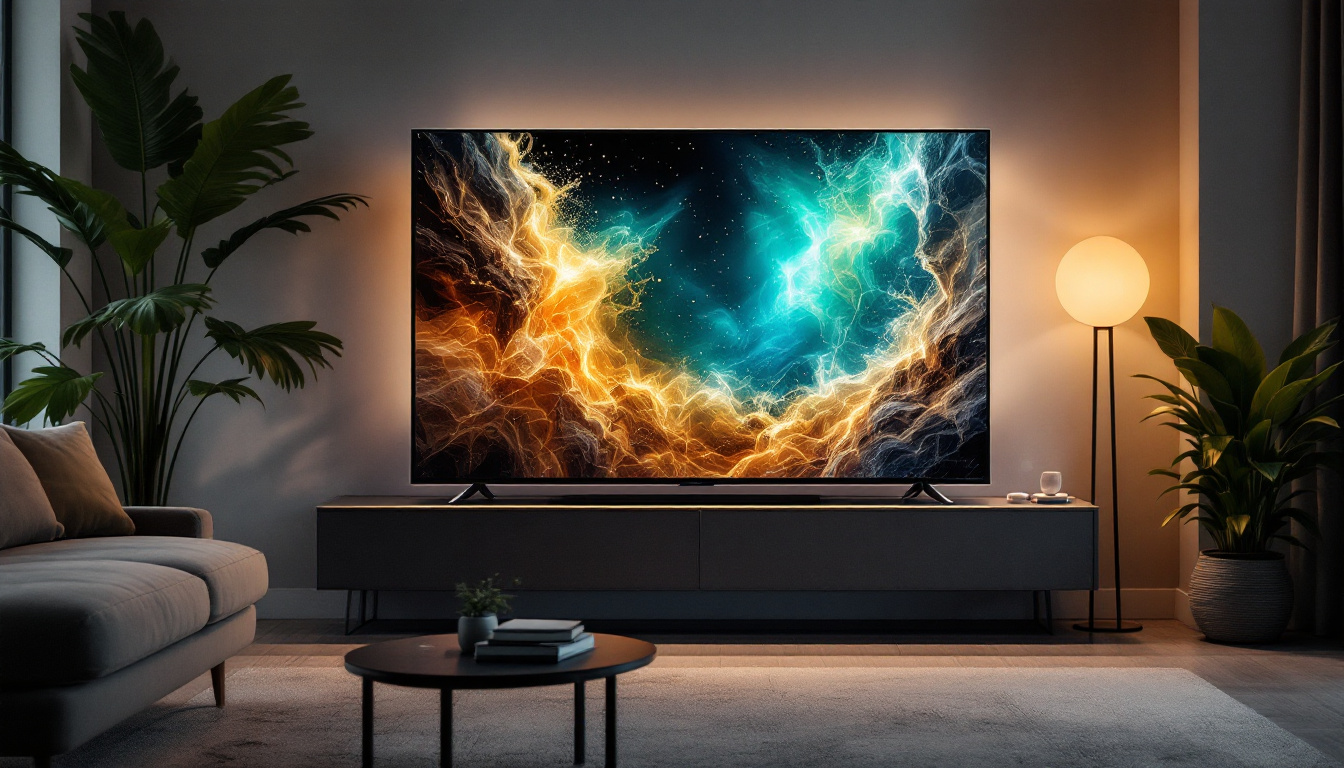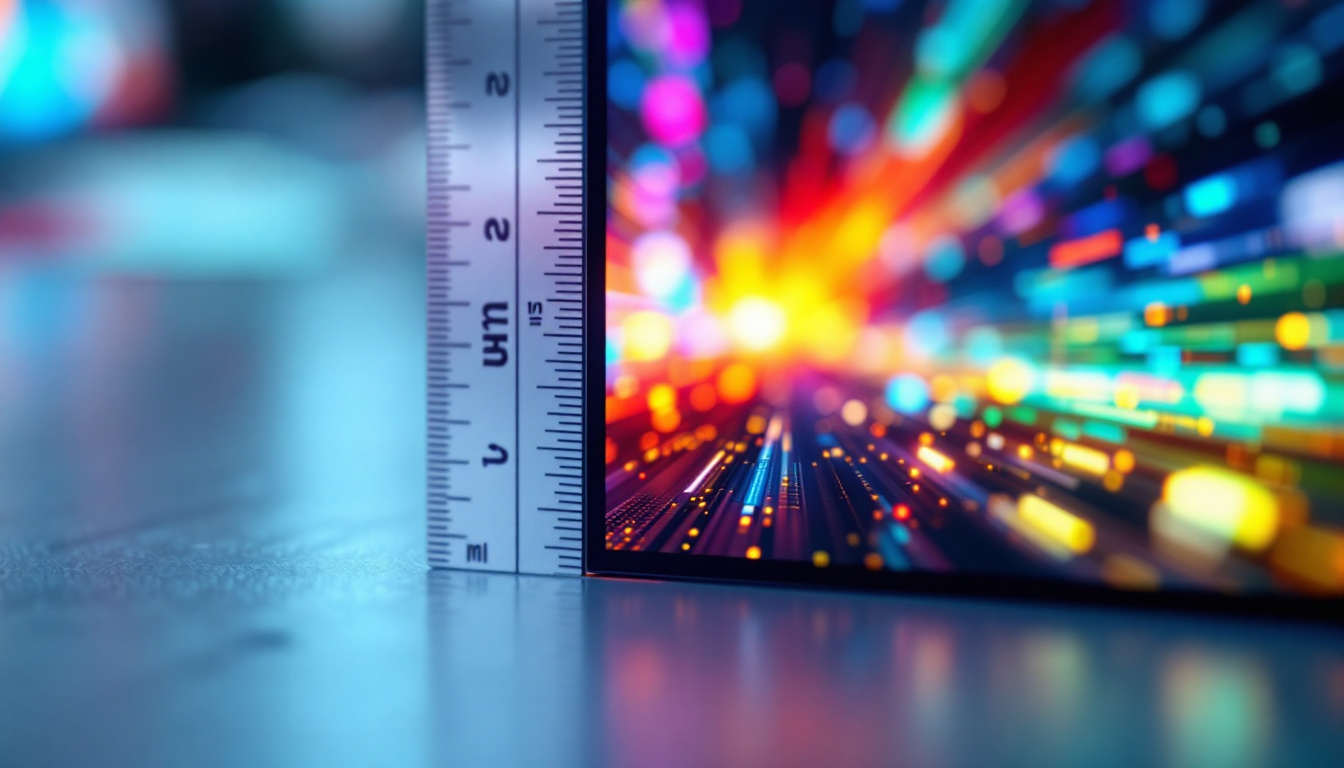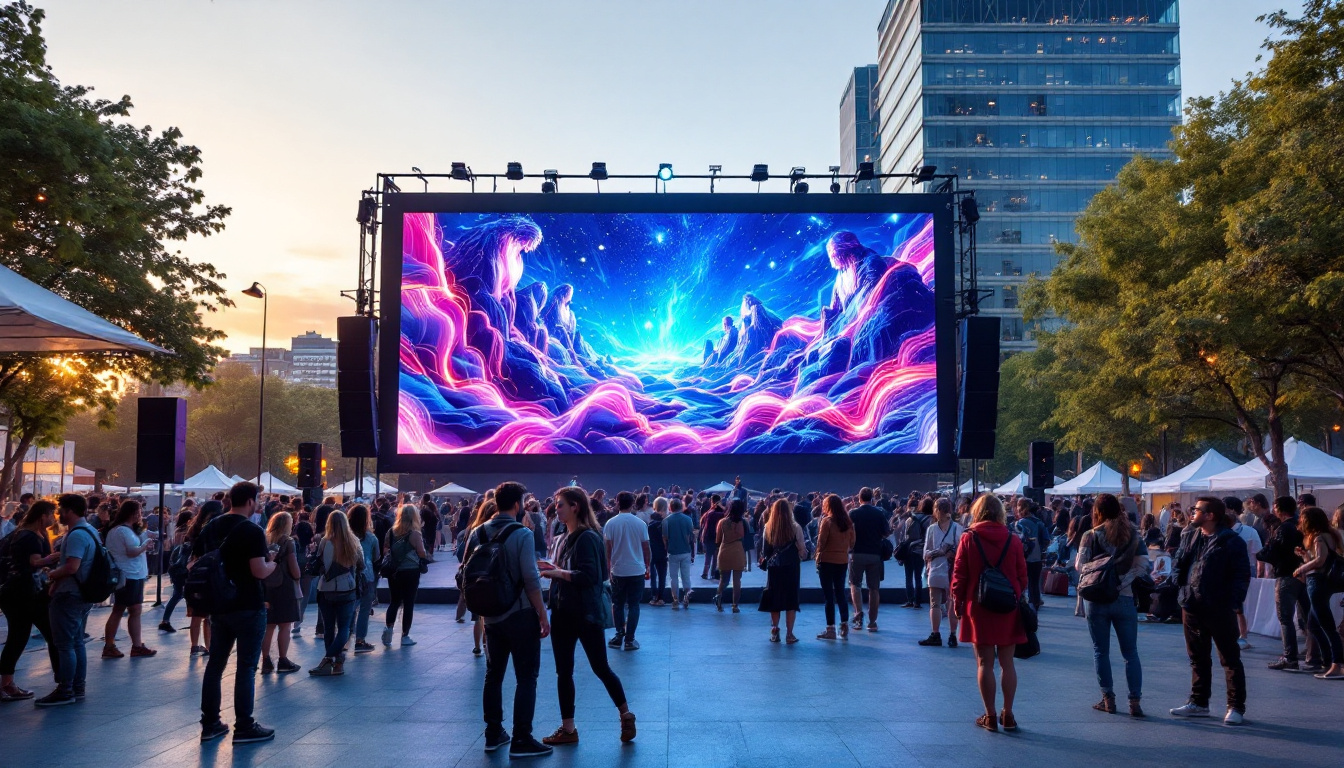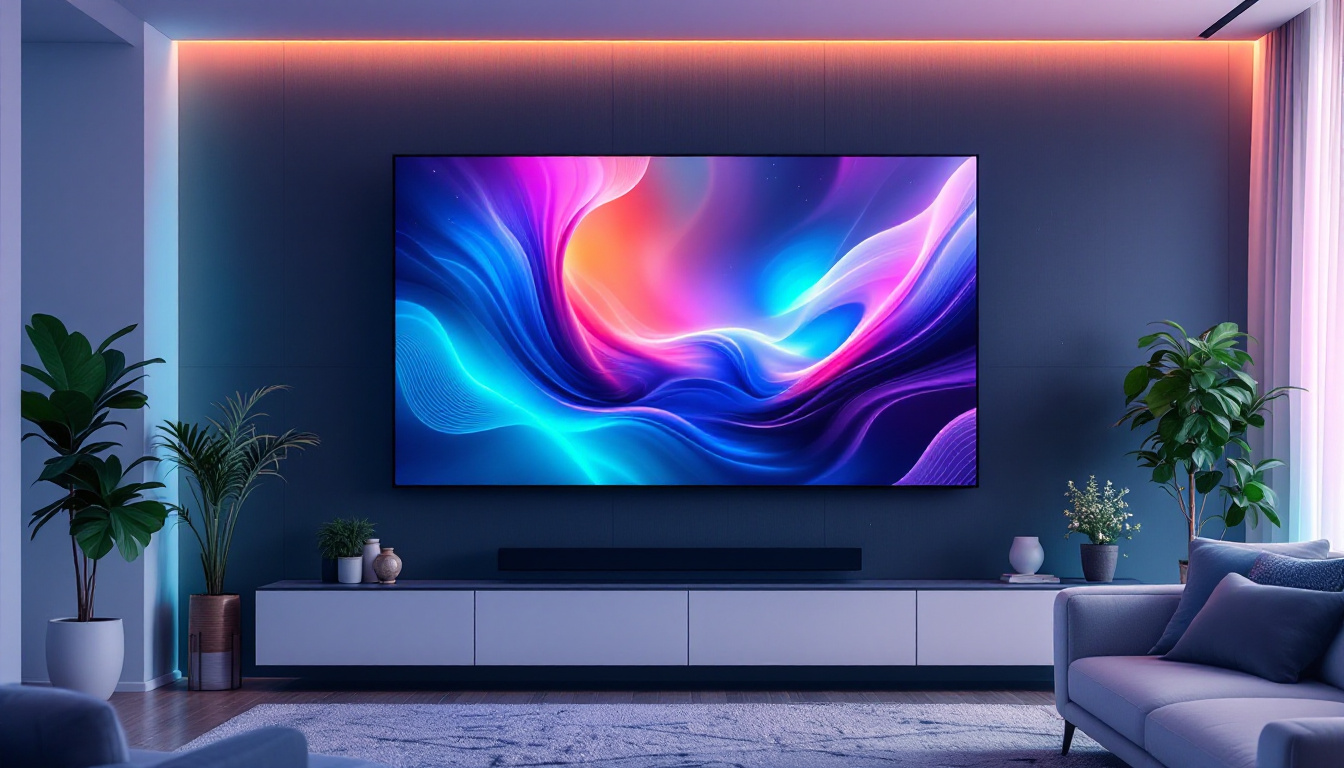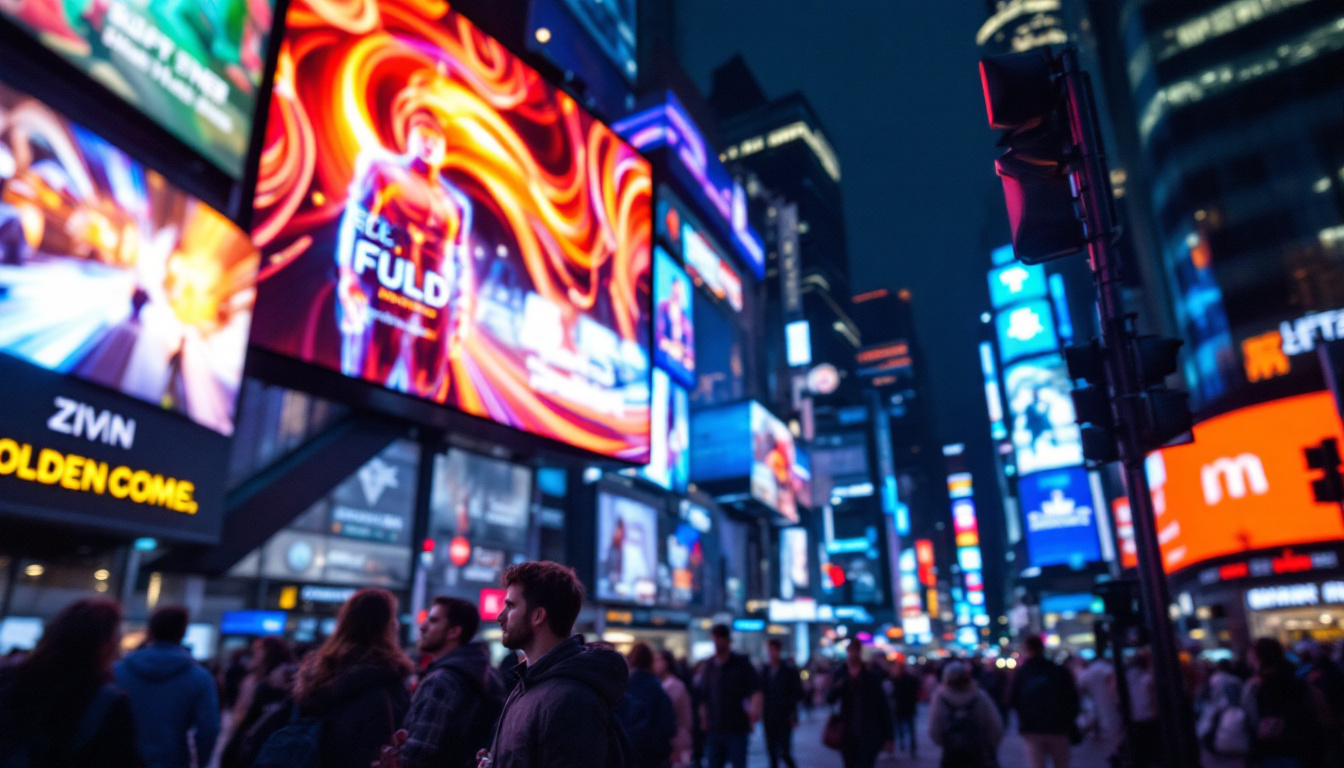In the ever-evolving world of technology, LED displays have emerged as a vital component in various industries, from advertising to entertainment. The term “Pixel Brewery” refers to the intricate process of creating and managing these displays, focusing on their design, functionality, and applications. This article delves into the intricacies of LED displays, exploring how they work, their advantages, and their diverse applications.
Understanding LED Displays
LED displays are made up of numerous tiny light-emitting diodes (LEDs) that work together to create vibrant images and videos. These displays can be found in various formats, including screens, billboards, and digital signage. The technology behind LED displays has advanced significantly over the years, making them more energy-efficient, brighter, and capable of producing a wider range of colors. The evolution of LED technology has also led to the development of flexible displays, which can be bent or shaped to fit unconventional spaces, opening up new possibilities for creative advertising and artistic installations.
How LED Displays Work
At the core of an LED display lies the pixel, which is the smallest unit of the image. Each pixel consists of red, green, and blue (RGB) LEDs that combine to produce a full spectrum of colors. When these diodes are illuminated in various intensities, they create the visual content that viewers see. The precision with which these colors can be mixed allows for stunning visuals, making LED displays a popular choice for everything from concerts to sports events, where high-impact imagery is essential.
The display’s resolution is determined by the number of pixels it contains. Higher resolution displays have more pixels, resulting in sharper images and finer details. For instance, a Full HD display has a resolution of 1920×1080 pixels, while a 4K display boasts a resolution of 3840×2160 pixels, providing four times the detail of Full HD. This increase in pixel density not only enhances the viewing experience but also allows for larger screens without a loss in image quality, making them ideal for public displays and immersive environments.
Types of LED Displays
LED displays can be categorized into several types based on their configuration and application. The most common types include:
- Direct View LED: These displays consist of individual LEDs that form the entire screen. They are commonly used for large outdoor billboards and digital signage.
- LED Backlit LCD: In this configuration, an LCD panel is illuminated by LEDs from behind. This type is prevalent in televisions and computer monitors, providing better contrast and color accuracy.
- Organic LED (OLED): OLED displays use organic compounds to emit light, allowing for thinner screens and better color reproduction. They are widely used in high-end televisions and smartphones.
Another emerging type is MicroLED, which utilizes microscopic LEDs to create images with incredible brightness and contrast ratios. MicroLED displays are touted for their potential longevity and energy efficiency, making them a promising alternative to both OLED and traditional LED technologies. Additionally, transparent LED displays are gaining traction, allowing for innovative applications in retail and architecture, where the display can blend seamlessly into its surroundings while still conveying information or advertising content.
Advantages of LED Displays
LED displays offer numerous advantages over traditional display technologies, making them a preferred choice in various applications. Here are some key benefits:
Energy Efficiency
One of the most significant advantages of LED displays is their energy efficiency. Compared to traditional incandescent bulbs or fluorescent lights, LEDs consume significantly less power while providing the same level of brightness. This not only reduces electricity costs but also minimizes the environmental impact, making them a sustainable choice for businesses. Furthermore, the lower energy consumption translates into reduced heat generation, which can contribute to lower cooling costs in environments where multiple displays are used, such as shopping malls or transportation hubs.
Brightness and Visibility
LED displays are known for their exceptional brightness, which makes them easily visible even in direct sunlight. This characteristic is particularly beneficial for outdoor applications, such as advertising billboards and stadium screens, where visibility is crucial. The high brightness levels ensure that the content remains clear and engaging, regardless of the surrounding lighting conditions. Additionally, LED technology allows for a wide range of color options and dynamic content, enabling advertisers to create eye-catching displays that can capture the attention of passersby and enhance viewer engagement.
Longevity and Durability
LED displays have a longer lifespan compared to traditional display technologies. While an average LCD screen may last around 50,000 hours, LED displays can last up to 100,000 hours or more. This durability reduces the frequency of replacements and maintenance, ultimately saving costs for businesses in the long run. Moreover, LED displays are more resistant to shock and vibration, making them ideal for use in high-traffic areas or events where durability is essential. This resilience not only ensures a consistent performance over time but also enhances the overall reliability of the display in various environments.
Versatility in Applications
Another notable advantage of LED displays is their versatility. They can be used in a wide range of applications, from large-scale outdoor advertising to indoor digital signage in retail spaces, conference rooms, and airports. Their modular design allows for easy customization in size and shape, enabling businesses to create unique display solutions that fit their specific needs. Additionally, LED technology supports various content formats, including video, images, and animations, providing endless possibilities for creative expression and communication.
Low Maintenance Requirements
In addition to their longevity, LED displays require minimal maintenance, which is a significant advantage for businesses looking to reduce operational disruptions. Unlike traditional displays that may need frequent bulb replacements or recalibration, LED screens are designed for hassle-free upkeep. This low-maintenance aspect allows staff to focus on other critical tasks rather than spending time on display management. Furthermore, many LED displays come equipped with smart technology that can monitor performance and alert users to any potential issues before they become significant problems, further enhancing their reliability and efficiency.
Applications of LED Displays
The versatility of LED displays allows them to be utilized in a wide range of applications. From advertising to entertainment, their impact is felt across various sectors. Here are some notable applications:
Advertising and Marketing
LED displays have revolutionized the advertising landscape. Digital billboards and signage allow businesses to display dynamic content that can be easily updated. This flexibility enables advertisers to tailor their messages based on time, audience, or even weather conditions. The eye-catching visuals produced by LED technology attract more attention, leading to increased engagement and higher conversion rates.
Events and Entertainment
In the realm of entertainment, LED displays play a crucial role in enhancing the audience experience. Concerts, sporting events, and theater productions utilize large LED screens to display live feeds, graphics, and visual effects. These displays create an immersive environment, allowing audiences to feel more connected to the performance.
Transportation and Wayfinding
LED displays are also widely used in transportation systems for wayfinding and information dissemination. Airports, train stations, and bus terminals employ LED screens to provide real-time updates on schedules, arrivals, and departures. This use of technology enhances the passenger experience by ensuring that travelers have access to accurate and timely information.
Challenges and Considerations
While LED displays offer numerous advantages, there are also challenges and considerations that need to be addressed. Understanding these factors is essential for businesses and organizations looking to invest in this technology.
Initial Costs
The initial investment for LED displays can be substantial, particularly for large-scale installations. While the long-term savings in energy and maintenance costs can offset this expense, businesses must carefully evaluate their budgets and projected return on investment before making a purchase.
Content Management
Managing content on LED displays can also pose challenges. Businesses need to invest in content management systems that allow for easy updates and scheduling of content. Additionally, ensuring that the content is visually appealing and relevant is crucial for maintaining audience engagement.
Future Trends in LED Display Technology
The LED display industry is continually evolving, with new technologies and trends emerging regularly. Staying informed about these developments can help businesses make strategic decisions regarding their display investments.
MicroLED Technology
MicroLED technology represents a significant advancement in LED display technology. Unlike traditional LEDs, MicroLEDs are much smaller, allowing for higher pixel density and improved picture quality. This technology is expected to pave the way for even thinner and more flexible displays, opening up new possibilities for design and application.
Smart Displays
As the Internet of Things (IoT) continues to grow, smart LED displays are becoming increasingly popular. These displays can connect to the internet, allowing for real-time content updates, remote management, and interactive features. Businesses can leverage this technology to create personalized experiences for their audiences, enhancing engagement and effectiveness.
Eco-Friendly Innovations
With growing concerns about environmental sustainability, the LED display industry is focusing on eco-friendly innovations. Manufacturers are exploring ways to reduce the carbon footprint of production processes and improve recyclability. Additionally, advancements in energy efficiency will continue to make LED displays a more sustainable choice for businesses.
Conclusion
LED displays have transformed the way information is presented and consumed across various sectors. Their energy efficiency, brightness, and versatility make them an ideal choice for advertising, entertainment, and information dissemination. While challenges such as initial costs and content management exist, the benefits far outweigh these drawbacks.
As technology continues to advance, the future of LED displays looks promising. Innovations such as MicroLED technology and smart displays will further enhance their capabilities, making them an essential tool for businesses looking to engage their audiences effectively. Embracing these developments will not only improve communication but also contribute to a more sustainable future.
Illuminate Your Space with LumenMatrix
Ready to elevate your visual impact? Discover how LumenMatrix can transform your space with our comprehensive range of LED display solutions. From the immersive Indoor LED Wall Display to the dynamic Outdoor LED Wall Display, and from the mobile versatility of Vehicle LED Displays to the innovative LED Transparent Display, we have the technology to bring your vision to life. Experience the future of visual communication with our All-in-One LED Displays and captivate your audience like never before. Check out LumenMatrix LED Display Solutions today and join the revolution in digital signage and display technology.


